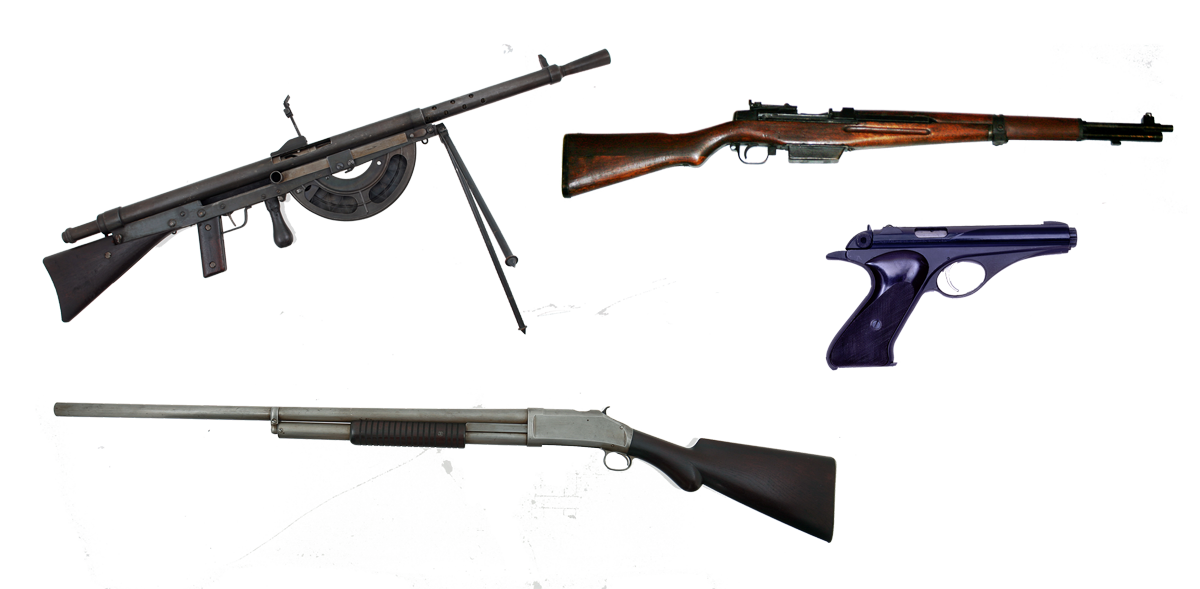We may earn revenue from the products available on this page and participate in affiliate programs. Learn More ›















We may earn revenue from the products available on this page and participate in affiliate programs. Learn More ›













